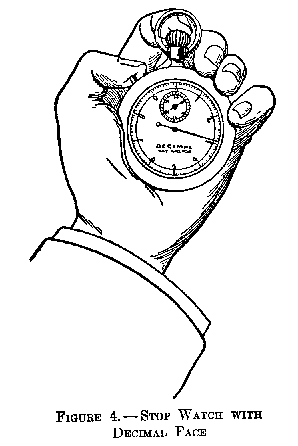
A letter of credit represents an obligation taken on by a bank to make a payment once certain criteria are met. After these terms are completed and confirmed, the bank will transfer the funds. The letter of credit ensures the payment will be made as long as the services are performed. The letter of credit basically substitutes the bank’s credit for that of its client, ensuring correct and timely payment. Bank guarantees are commonly used by contractors while letters of credit are issued for importing and exporting companies. Bank guarantees are just like any other kind of financial instrument—they can take on a variety of different forms.
- An ‘Overdraft’ is where a business is permitted to overspend on its bank account up to an agreed limit.
- That is to say, the bank is not responsible for investigating the underlying facts of each transaction, whether the goods are of the sufficient – and specified – quality or quantity.
- Thus, the seller relies on the credit risk of the bank, rather than the buyer, to receive payment.
- A letter of credit has three essential elements – the beneficiary/vendor who’s the recipient of the LC, the buyer/applicant who buys the goods or providers and the issuing financial institution that points the LC on the customer’s request.
This is as a result of, in a letter of credit transaction, documents are its driving drive. The performance of the seller/exporter is tied to the paperwork requested within the letter of credit. At instances, there may be an involvement of another bank as an advising bank that difference between lou and lc advises the beneficiary. A letter of credit is a payment methodology that smoothes the way for worldwide commerce or different transactions. With a letter of credit, patrons and sellers can scale back their threat and ensure well timed fee and delivery of goods or services.
Number of parties involved
Meanwhile, letters of credit are essential in international trade, as it allows two parties to transact without worrying. A buyer or seller might use the guarantee to protect themselves from loss or damage generated by the other party’s inability to comply with a contract. In a contractual arrangement, bank guarantees protect both parties from credit risk. At present, UCP 600 rules are followed by the traders, bankers, and investors of almost 175 countries.
A call for collaborative development of pathways to investigate and … – The BMJ
A call for collaborative development of pathways to investigate and ….
Posted: Wed, 14 Jun 2023 07:00:00 GMT [source]
Thus, a letter of credit score insulates the exporter from the importer’s enterprise danger. Any seller or exporter will be joyful in opening a letter of credit as phrases of payment as a result of the payment guarantee is more assured than delivery by paperwork in opposition to funds or documents towards acceptance (D.A). As per letter of credit, the opening financial institution of LC (buyer’s bank) guarantees to effect payment to exporter via exporter’s bank as per the agreed terms and situations mentioned on letter of credit. There has been some revisions in interest rate ceiling for the buyer’s credit transactions, according to latest guidelines criteria for availing buyer’s credit revised as below. Both bank guarantees and letters of credit work to reduce the risk in a business agreement or deal. Parties are more likely to agree to the transaction because they have less liability when a letter of credit or bank guarantee is active.
Letter of Credit vs Escrow
They are of two types – documents against payment (D/P) and documents against acceptance (D/A). The Remitting Bank, the Collecting Bank, forwards these documents to the buyer’s bank. The Collecting Bank informs the buyer about the papers and hands them to the buyer when he remits the dues.
An escrow agent office will receive funds from the buyer (importer) and hold the fund until the trade terms are completed. The agreement must provide full details on the trade terms, exact amount, payment date, and legalities before the payment is released. Once the exporter ships the goods, it can contact the escrow agent for the release of funds. The buyer will issue the confirmation to the escrow agent for releasing the payment.
Difference Between Letter of Comfort and Letter of Undertaking
NGOs engaged in micro finance activities may utilise ECB proceeds for lending to self-help groups or for micro-credit or for bonafide micro finance activity including capacity building. The maximum amount of ECB which can be raised by a corporate is USD 500 million or equivalent during a financial year. Overseas organisations and individuals complying with following safeguards may provide ECB to Non-Government Organisations engaged in micro finance activities. This circular will stand withdrawn on July 1, 2008 and will be replaced by an updated Master Circular on the subject. 3The Scheme which was being operated by the erstwhile IDBI is being continued by IDBI Bank Ltd.
The Top 33 Events in Seattle This Week: June 19–25, 2023 – EverOut
The Top 33 Events in Seattle This Week: June 19–25, 2023.
Posted: Mon, 19 Jun 2023 04:26:23 GMT [source]
On maturity, importer will make payment to Local bank and local bank will intern make payment to reimbursement bank. Escrow is particularly beneficial in domestic trade deals with large transaction values. Escrow services providers can be banks, financial institutes, or private companies. If both parties agree on an LC as a mode of payment, the buyer (importer) will apply with a bank. Once approved, the bank will issue a letter of credit in favor of the beneficiary.
